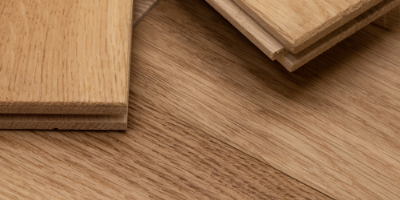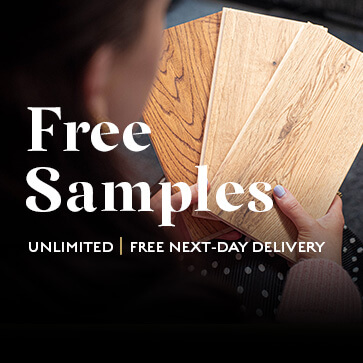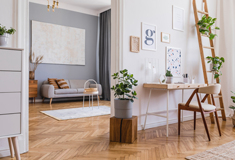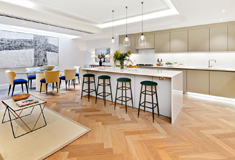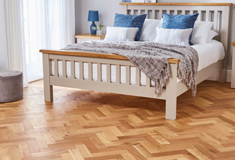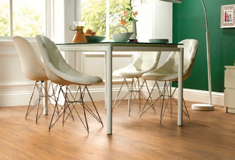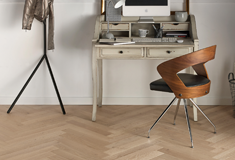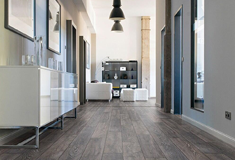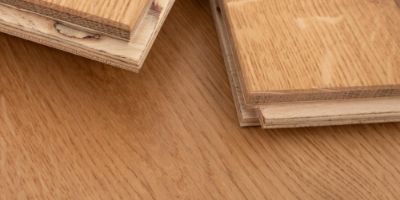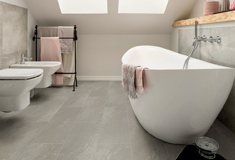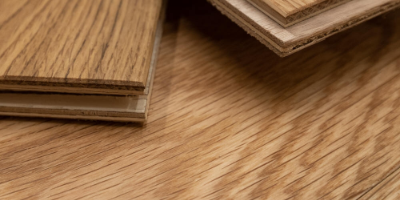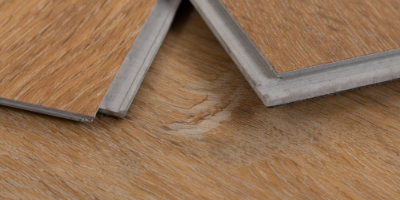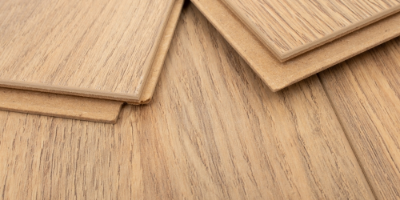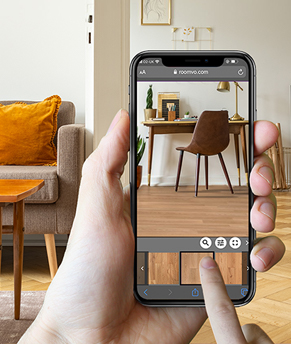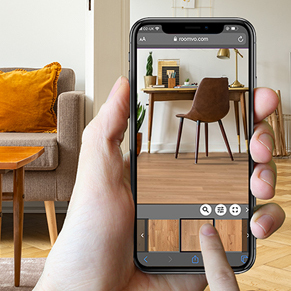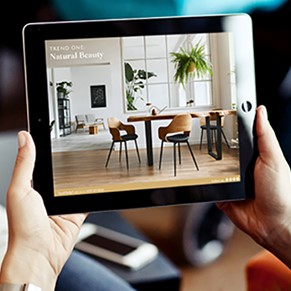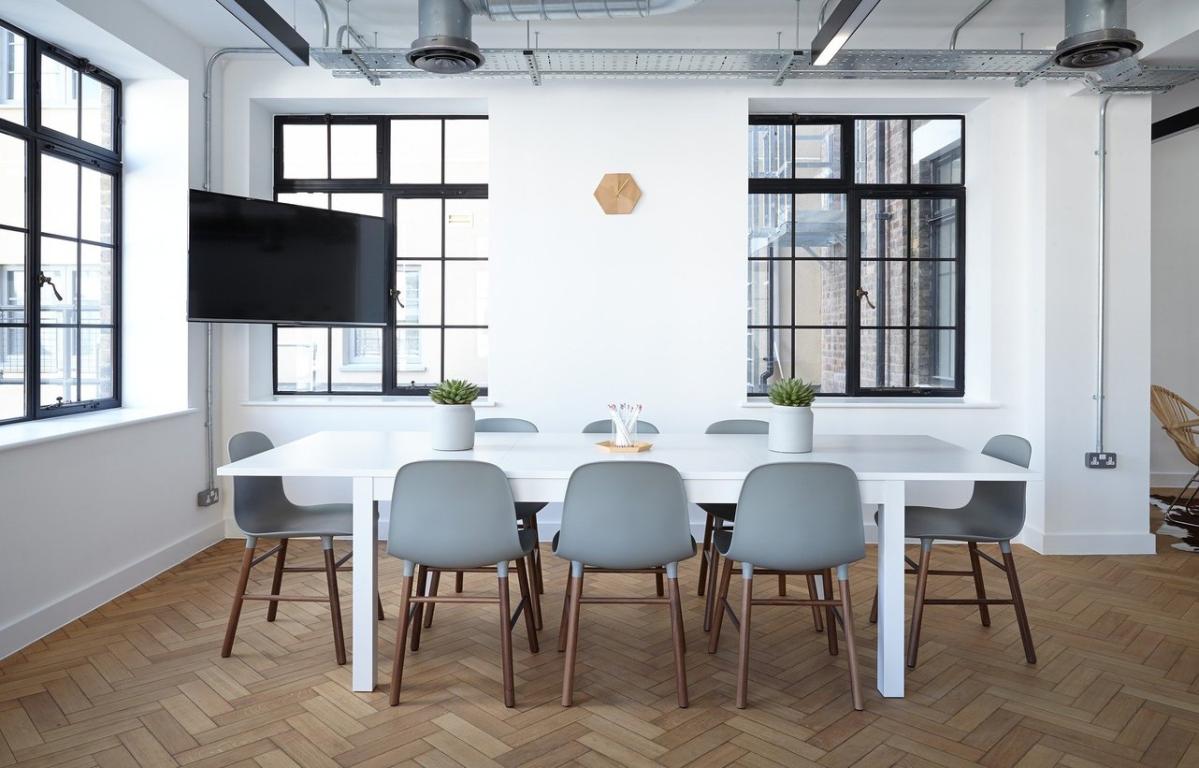The Basics of Commercial Safety Flooring
It is important for any commercial space to be not only safe, but hygienic and stylish. That is why we stock safety flooring for a variety of commercial environments, from leisure to retail to healthcare and everything in between. Practical benefits aside, our safety floors are also attractive and versatile in design, so places where atmosphere is important are also catered to. This blog will cover the benefits of safety flooring, how to understand slip ratings, and which styles to use in which environments.
Benefits
Firstly, safety flooring is extremely easy to clean. It can be mopped so puddles of water can be dealt with in pools, bathrooms or kitchens, and other spillages can be cleared easily without staining. This enhances safety, appearance and hygiene. Bacteria will not be left behind, meaning in healthcare or catering where hygiene is essential are benefitted more than with other floors. Alternative materials such as wood flooring can be damaged with water, and carpet is absorbent, so safety flooring makes the most sense in these settings. Commercial environments can also have high footfall, meaning these floors are high quality and durable to deal with this without becoming damaged. Safety-wise, safety flooring are slip-resistant, which is the quality they are most popular for. Each brand or range typically has a different ‘R’ rating, which determines the slip-resistance of that particular floor. This is important as some of the lower ratings can be cheaper, but not as effective as the higher rated versions.
Slip Ratings
The ratings range from R9 to R13, with the highest number being the most slip-resistant. R9 and R10 floors are recommended in places where people will be wearing highly gripped shoe due to the lower level of slip-resistance. They are best suited in places like living rooms or hallways where the floor is rarely wet, but still require safety flooring for peace of mind and easier cleaning in places where wet shoes may leave prints. They are most commonly used in communal areas with considerable footfall, but should never be used in places where the floor is commonly wet or barefeet are common. R11 are best suited to environments that have a risk of getting wet, but don’t consistently have puddles of water. This includes bathrooms, toilets, or kitchens that will be protected enough for the amount of liquid that is likely to be spilt. R12 are useful in similar settings as R11 floors, but can also be used on slopes unlike the lower ratings. They are also recommended for bathrooms, toilets or kitchens were spillages are more common than normal, or cannot be cleaned right away. R13 has a one in a million slip risk, thus is the best for a high-risk setting where safety is paramount. These are for use where barefeet are common, on slopes, or where the floor is normally always wet. Swimming pools, pool changing rooms, saunas or shower rooms should always use R13. In less wet but busy areas like lobbies or entrances in rainy locations, this rating should also be used for maximum safety.
Style
Finally, you should consider the style if atmosphere is important, such as in retail. Wood-effect safety floors are recommended in salons or retail where a homely feel may be required, whereas in healthcare settings a hygienic and clinical looking white may reassure people on the hygiene and safety of the building. Other colours should match the aesthetic you want to achieve, whether sophisticated, homely or minimal, or the brand colours. Colour and its connection to atmosphere is especially important if you are trying to make a business stand out from competitors and draw people in.
If you have any questions on which safety floor is right for your commercial space, please call our friendly team on 0333 577 0025 and we will be happy to help!
Have Your Say
What flooring do you think is the best for commercial use? Share with us below!
Find us on Facebook, Twitter, and Instagram for more news, blog posts, and great content.

